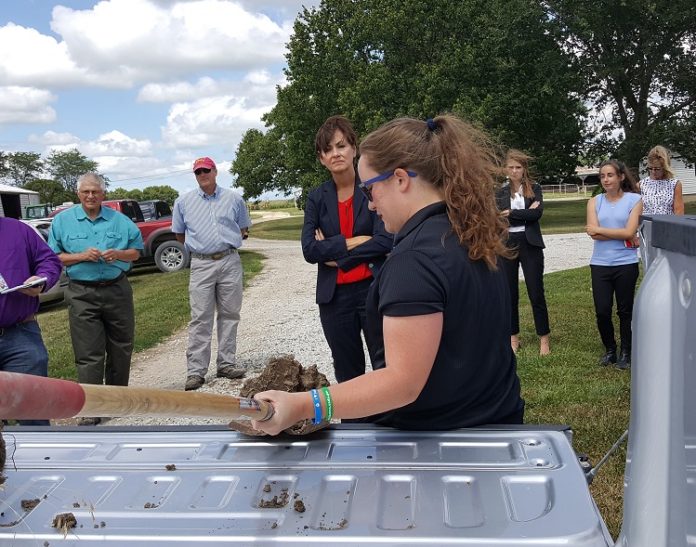
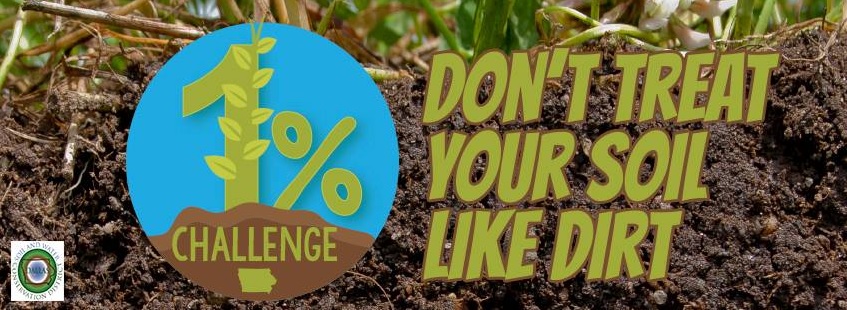 Iowa Gov. Kim Reynolds visited the Jonbar Ranch in southeast Dallas County Thursday afternoon in order to draw attention to the One Percent Challenge, a statewide program encouraging farmers to work toward a 1 percent increase in soil organic matter through healthy soil practices.
Iowa Gov. Kim Reynolds visited the Jonbar Ranch in southeast Dallas County Thursday afternoon in order to draw attention to the One Percent Challenge, a statewide program encouraging farmers to work toward a 1 percent increase in soil organic matter through healthy soil practices.
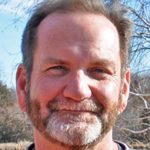
The One Percent Challenge was the brainchild of Brad Harrison, who for 36 years was a district conservationist in the Dallas County office of the Natural Resources Conservation Service (NRCS), a branch of the U.S. Department of Agriculture.
Harrison died in April, but his coworkers in the Dallas County NRCS have carried the One Percent Challenge forward in honor of their colleague and friend who “was a passionate and creative conservationist, who never gave up on a good idea for selling conservation,” as his NRCS fellows said.
The governor was welcomed to Jonbar Ranch by Dan Golightly, who has farmed the 1,100 acres of Ruan Inc. land for 31 years. The ranch lies south of U.S Interstate 80 and west of Ute Avenue at 34985 Ute Ave. in rural Waukee.
Golightly, an elected commissioner of the Dallas County Soil and Water Conservation District (SWCD), said he supports the One Percent Challenge and sees it fitting in with the other soil and water conservation practices he has used on the Jonbar Ranch over the years.
Among the practices Golightly uses are cover crops, grassed waterways, grade terraces, nutrient management, prescribed grazing, residue and tillage management, pasture and grassland management, riparian buffers, wetland restoration and streambank stabilization.
Reynolds said she is no stranger to the technical side of soil conservation and health. Her husband, Kevin Reynolds, was formerly a Decatur County SWCD commissioner, so the governor knows her cover crops from her strip till and her EQIP from her CRP.
Denise Forret, longtime state secretary in the Adel NRCS office, also welcomed the governor and explained the genesis of the One Percent Challenge. Teresa Snyder-Thomas — she goes by “Sue” — the acting district conservationist in the Adel office since the death of Harrison, was also on hand. Snyder-Thomas was formerly the area resource conservationist in the NRCS’s Fort Dodge office.
Several other Dallas County SWCD members were present, including the commission chairperson, Eric Wessels, and commission members Dave Felt, Sam Spellman and Mike Beeler. Six or eight area farmers also joined the Golightly party and described their successes using cover crops and other conservation practices promoting soil health.
For an explanation of the technical side of the One Percent Challenge, Forret turned to NRCS Soil Conservationists Rubyana Neely and Heidi Dittmer.
Neely said soil organic matter is decomposed plant and animal material in the soil. For instance, if a farmer leaves stubble in the field following the harvest — instead of bundling it up and turning it into ethanol — then a microbial biomass of bacteria and fungi consume the stubble and turn it into nutrients available to the next season’s crops.
Soil that has been under the plough for 10 or 20 years is typically composed of about one-third active organic matter and about one-half stable organic matter. Neely said some of the best ways to increase a soil’s active organic matter are reducing tillage and planting high-carbon cover crops, which keep the soil alive with plants as much as possible. Crop diversity and incorporating grazing or manure spreading also help keep the plants and microbes alive and active in between rounds of continuous corn.
Dittmer said soils with higher organic matter are better at soaking up rainwater and making it available for plants. Organic-rich soils also promote better nutrient cycling, more robust life, higher crop yields and better tilth, she said. Higher organic matter also means less soil erosion and less nutrient loss, two major sources of water pollution in Iowa.
Dittmer demonstrated four easy tests farmers can use to measure their soil’s organic matter. The tests gauge the compaction of the soil, its temperature and its ability to let water infiltrate it. The fourth test is simply a matter of counting earthworms, which Dittmer described as “the elephants in the soil.” Plentiful earthworms imply an overall abundance of microbial biomass, she said.
The goal of conventional agriculture is to maximize yield, and high yield is achieved through a high-input, capital-intensive process typically involving a single GMO crop, large amounts of synthetic chemicals and a number of other industrial products. In maintaining a conventional cropping system, biodiversity and soil fertility are sacrificed to yield.
The One Percent Challenge aims to offset some of the damage to soil health that happens in conventional farming, but increasing soil organic matter does not happen overnight. Neely said the recommended NRCS practices will increase organic matter by about .1 percent per year, so a 1 percent increase would take 10 years to bring about.
Golightly said one of the “brick walls” the One Percent Challenge runs into is people who want to see results right away. But as with other soil and water conservation efforts, such as the Iowa Nutrient Reduction Strategy, which aims to cut Iowa’s water pollution by 45 percent, the effects of improved practices take a long time to see, he said.
Golightly said the increasing size of the dead zone in the Gulf of Mexico, which this year is larger than ever, does not prove the voluntary Iowa Nutrient Reduction Strategy is a failure. It simply shows reducing fertilizer runoff is a long-term process. The Gulf dead zone is caused primarily by nutrient pollution from agriculture and developed-land runoff.
To learn more about the One Percent Challenge, contact the NRCS office in Adel at 515-993-3413.
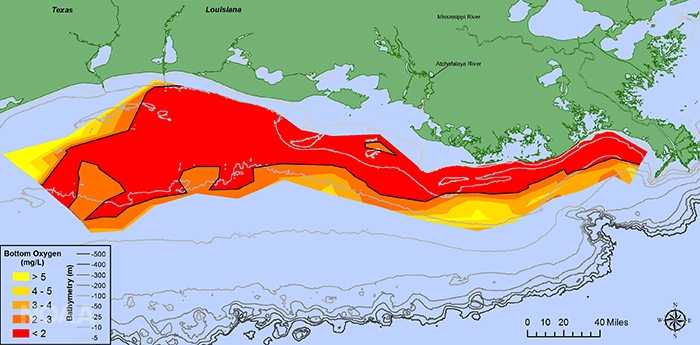









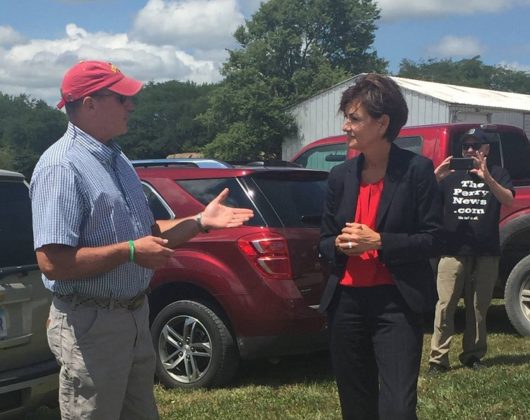
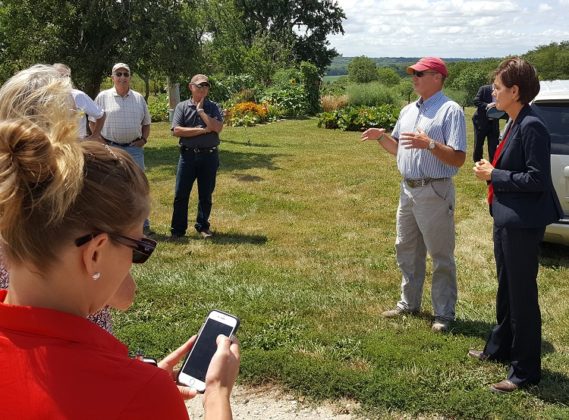
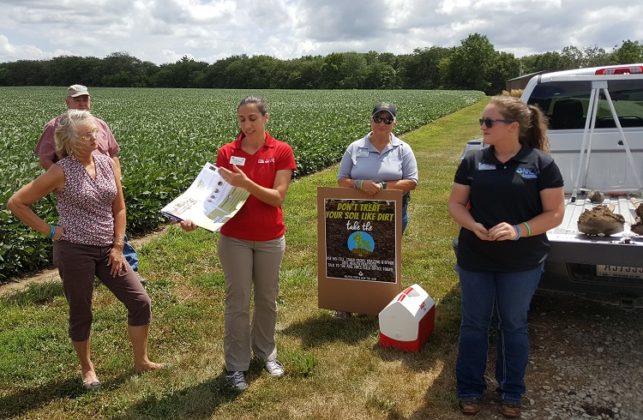
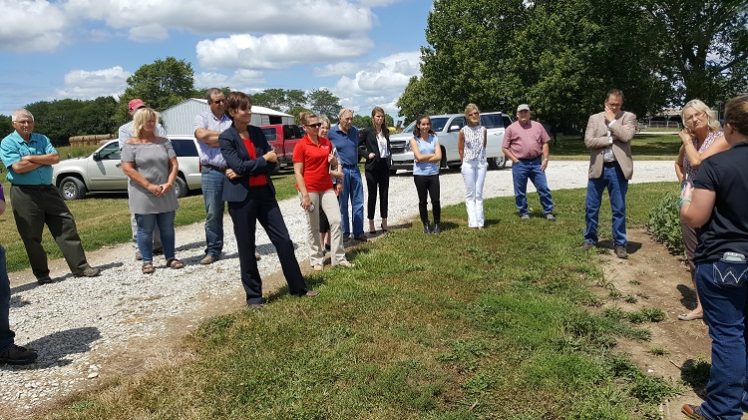

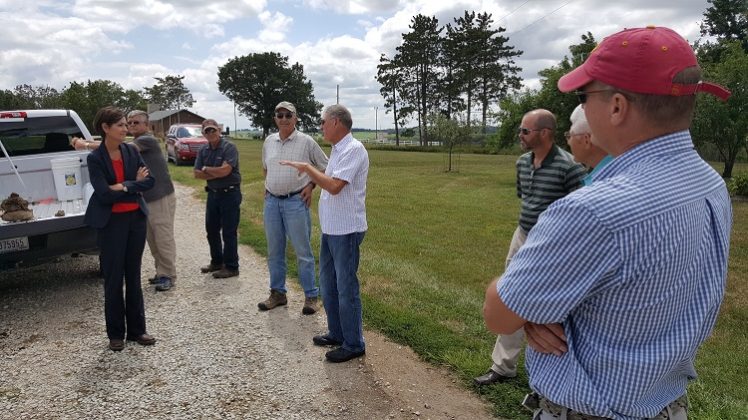
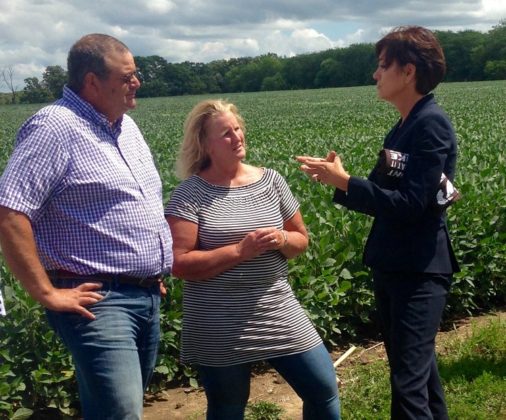
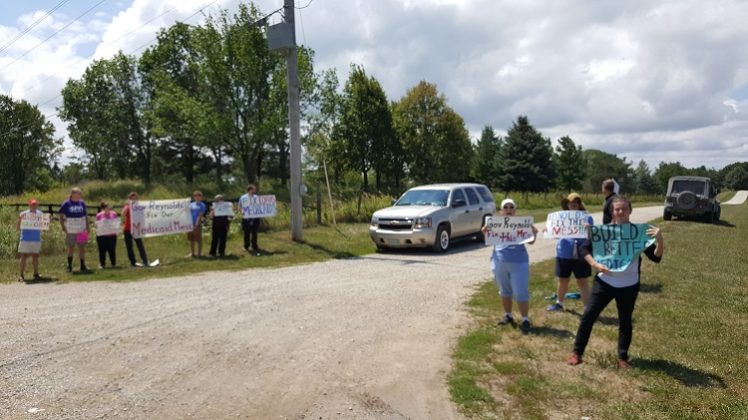







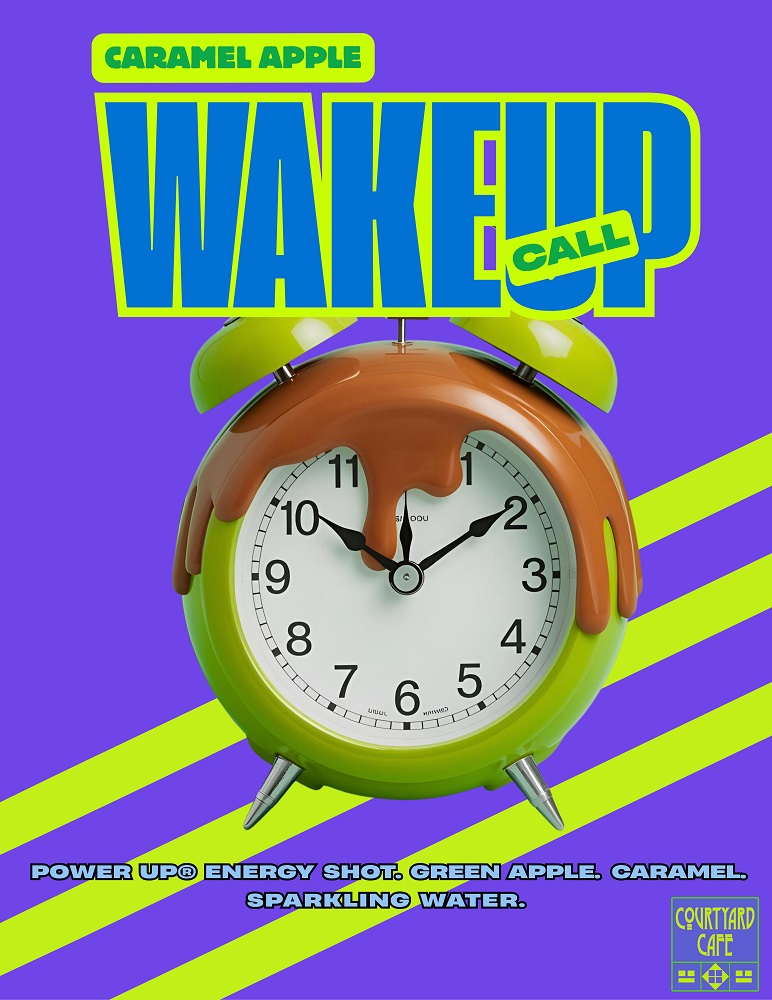

I was happy with most of this article until the last two paragraphs. While I don’t expect to see rapid results, the last few comments leave me with the impression the threat of the Dead Zone and what it represents is minimal. In any case, the efforts of Dan Golightly are absolutely atypical. Yes, I like most of what I read here, but don’t be cowed or misled. The situation is dire, and what little effort to fix it by most of the large row crop farmers and CAFO owners is laughable.